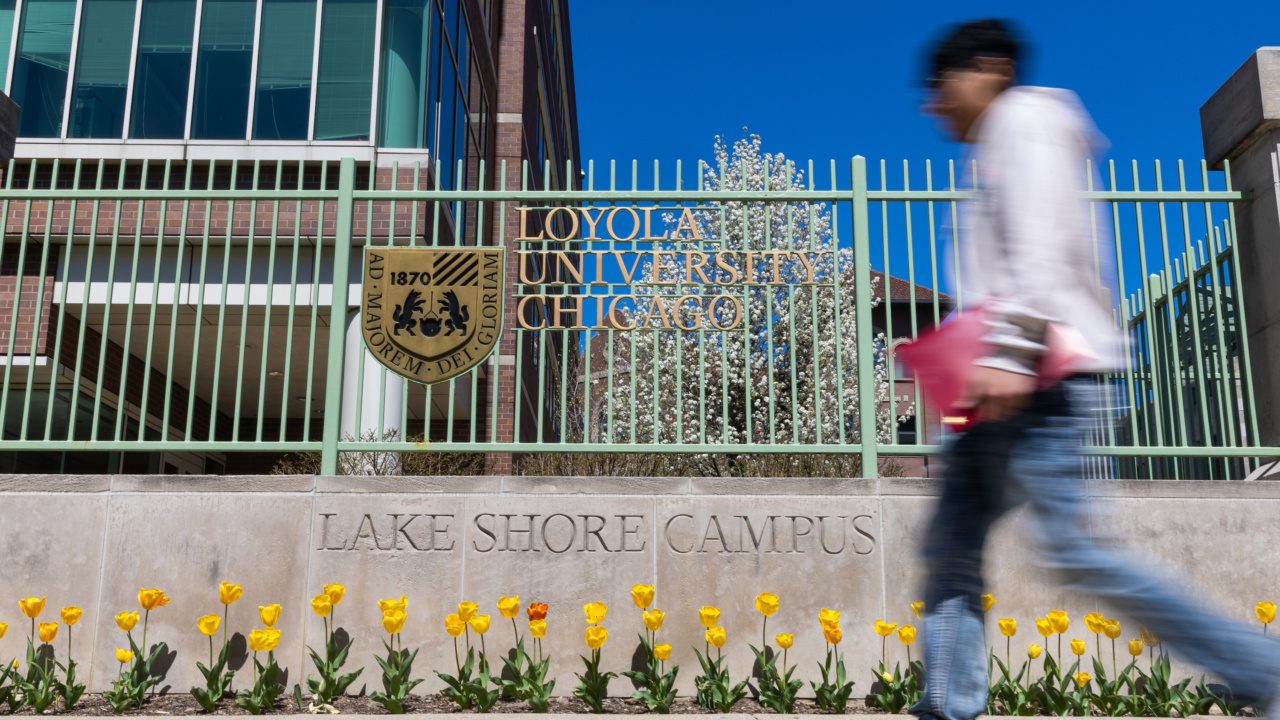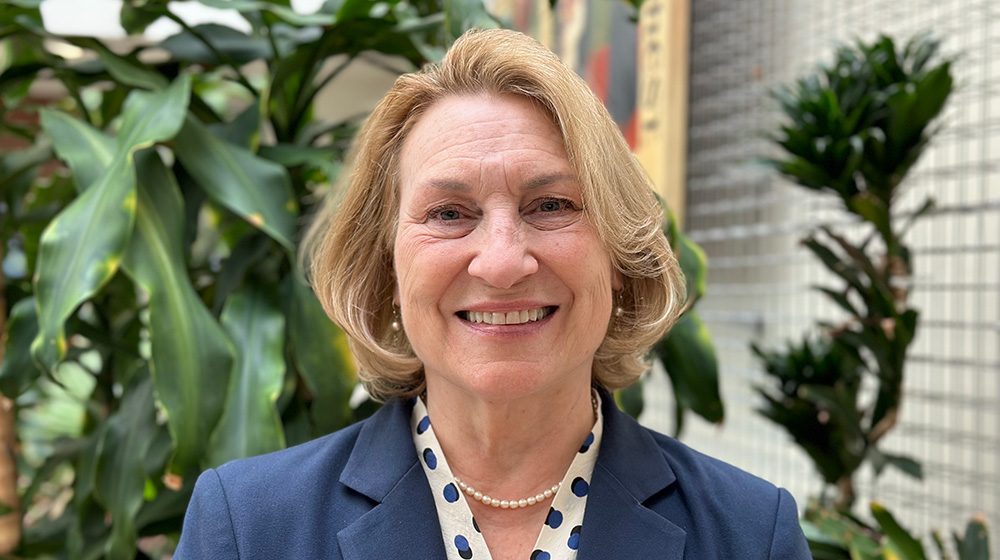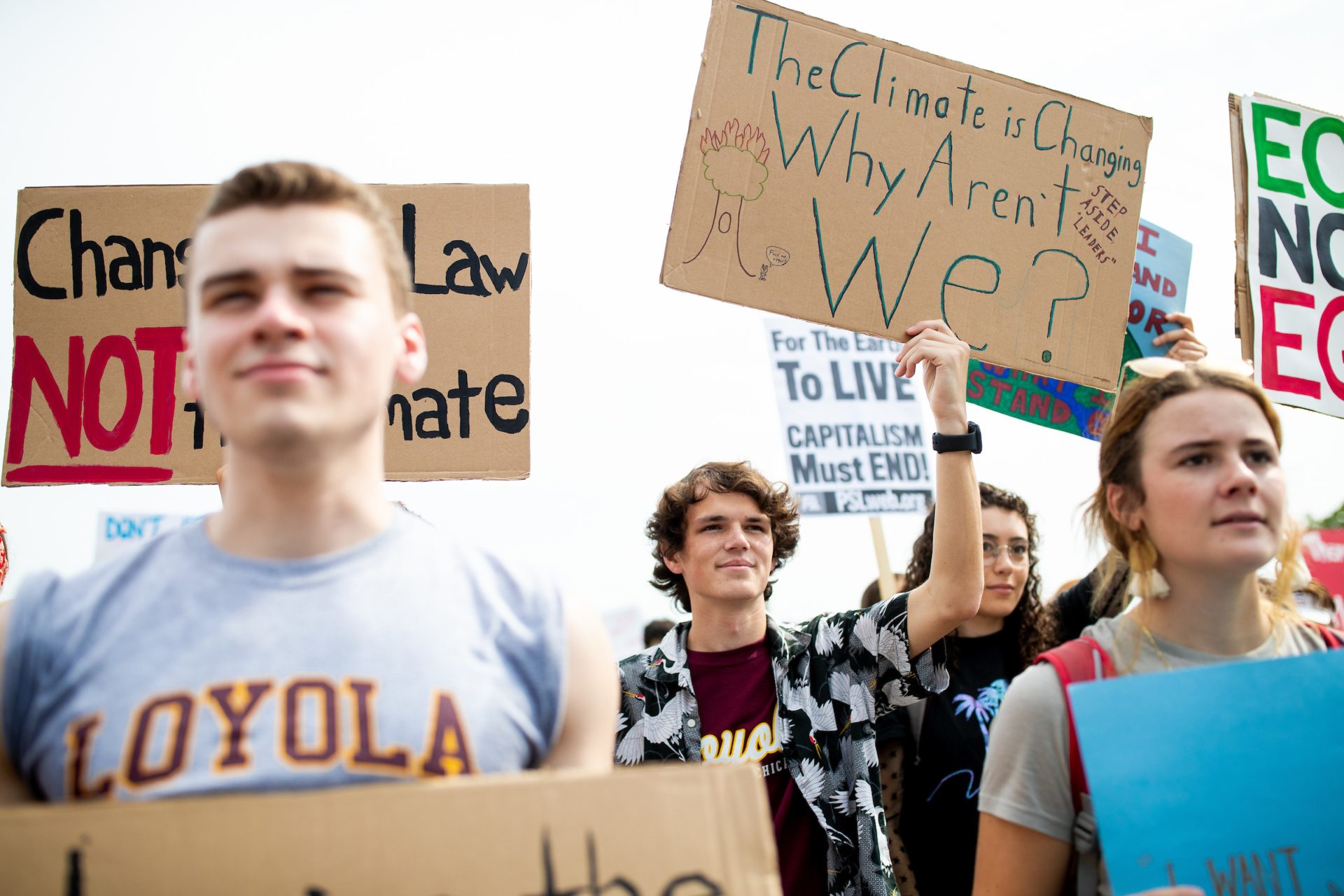
Loyola professors offer priority actions to fight climate change
Climate change is one of the most urgent environmental problems the world faces today. We already see the impacts of excessive greenhouse gas emissions in shifting weather patterns, more frequent severe weather events, damaged ecosystems, and increased food and water insecurity worldwide. Without global action, the effects will only become more catastrophic in the decades to come, and the most vulnerable communities will continue to experience the direct impacts.
Faculty members at Loyola’s School of Environmental Sustainability (SES) are committed to understanding the complex physical, biological, and socioeconomic processes involved in the climate crisis. They are also working to develop practical, equitable solutions while training the next generation of environmental leaders. Three SES faculty members—Ping Jing, Ray Dybzinski, and Gilbert Michaud—shared their thoughts on priority actions that will make a difference in the fight against climate change.
Stay grounded
Ping Jing, associate professor of earth and atmospheric sciences: I think we need to keep our feet on the ground when we talk about climate solutions.
Our goal is to save humanity from the catastrophic consequences of climate change. We want to protect people’s health, well-being, and property, and we want to protect the natural world. Throughout my more than 12 years of teaching the science of climate change to undergraduates, in their case studies, my students have constantly reminded me how climate change impacts society. They point out that there are human faces behind each dot on the plots that scientists make. People are already suffering from the impacts of climate change, and low-income and high-minority neighborhoods lack the means to protect themselves against the most severe events, such as flooding, hurricanes, and urban heat waves. Therefore, we must shift scientific knowledge, technical tools, and monetary support toward these most vulnerable communities. “Move money to where money is needed,” a former student pointed out.
Our scientific understanding of climate change started at the planetary and global scale. I think it is time for us to shift our climate prediction efforts to regional and local scales. If we can improve our capability to forecast future climate change for local communities, we can more accurately and effectively distribute resources to those most vulnerable populations.
I also want to emphasize the importance of outreach and networking. Every semester when I teach climate change, students would ask me eagerly, “Can you tell me what we individuals can do? I am tired of waiting for the government to act.” There are a lot of resources on the internet explaining what each of us can do to reduce our carbon footprint. Beyond that, I tell my students that we can build a web of knowledge, resources, and capabilities, just like spiders build their webs—by making connections. Each string on a spider’s web may be thin, but the web is flexible and strong.
I have been working on climate change like a spider. I focus my teaching and research on atmospheric science, the center of my web. At the same time, I maintain a collaborative relationship with former students, colleagues, community organizations, and local schools. These are the connecting threads. Through this web, members of my network can interact and collaborate on climate-change-related efforts.
Students have said that we need swift and just transitions from fossil fuels to cleaner energy sources, but people and communities have varied energy needs and leave different carbon footprints. How can we achieve such a goal? I don’t know. I only know that I should plant my feet on the ground, build my web, and contribute to solving the problem in the best ways I can.
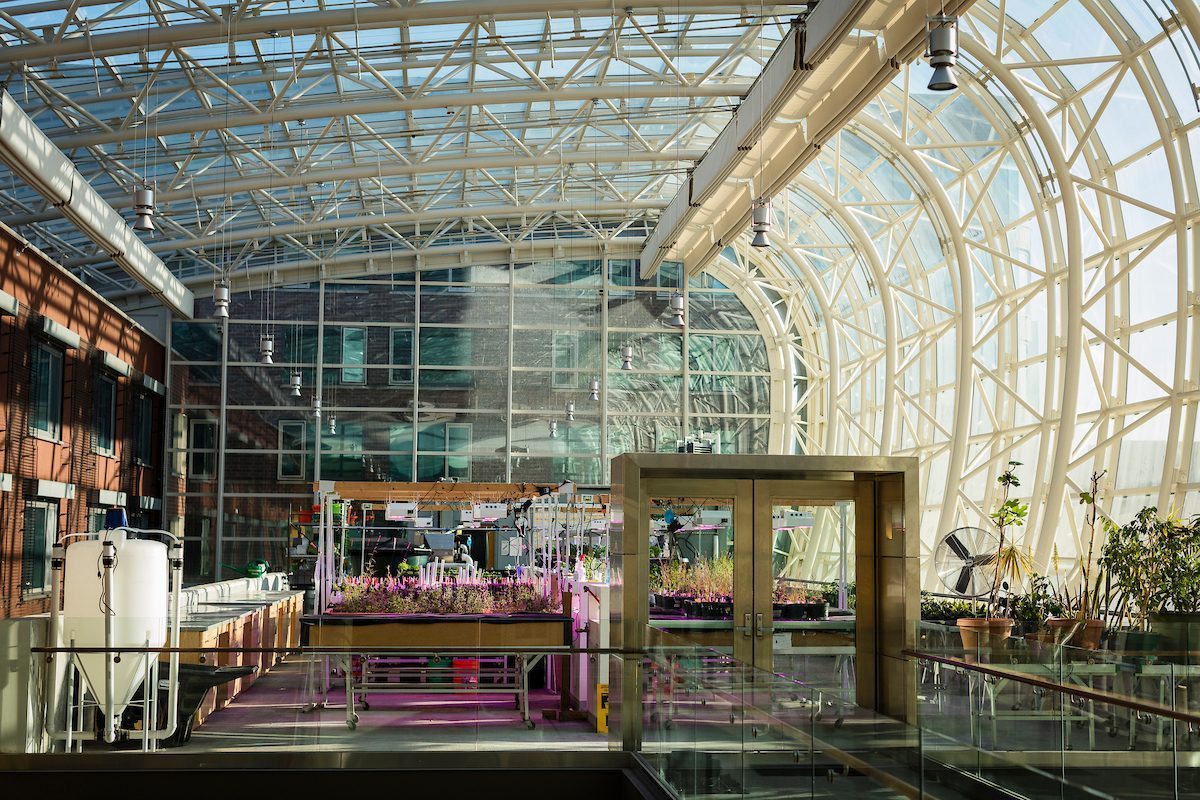
All in
Ray Dybzinski, assistant professor of applied plant biology: Increasing concentrations of greenhouse gasses in the Earth’s atmosphere are driving the climate crisis. To solve it, we need to reduce those concentrations. We can do this by decreasing the rate of greenhouse emissions, increasing the rate at which greenhouse gases are removed from the atmosphere, or, ideally, both.
Organizations such as drawdown.org describe promising solutions. Strategies include:
- Transitioning to clean energy sources for transportation, heat, and electricity;
- Reducing food waste (roughly one-third of all food produced goes to waste);
- Shifting to plant-centered diets (meat production is tremendously inefficient);
- Supporting education and health care (these promote smaller planned families and thus a smaller human footprint); and
Protecting forests and soils (which represent vast carbon stores and costless mechanisms for sequestering carbon from the atmosphere).
Unfortunately, enacting these solutions is made difficult by political polarization and entrenched interests combined with a socioeconomic system built around fossil fuels and the assumption that economies can grow forever. In the book Don’t Even Think About It: Why Our Brains Are Wired to Ignore Climate Change, author George Marshall explains that, for those of us who want to inspire action, it does not help to use messaging that plays into political polarization. We will not change minds by “othering” anyone who is not already on board with our worldview.
Instead, we need to focus on building trust and searching for ways that people with different world views can see upsides in adopting climate solutions, even if these aren’t the upsides we might value most. We must also shift our dominant narratives from “us-versus-them” to a heroic journey where different communities join forces to overcome a shared, existential threat.
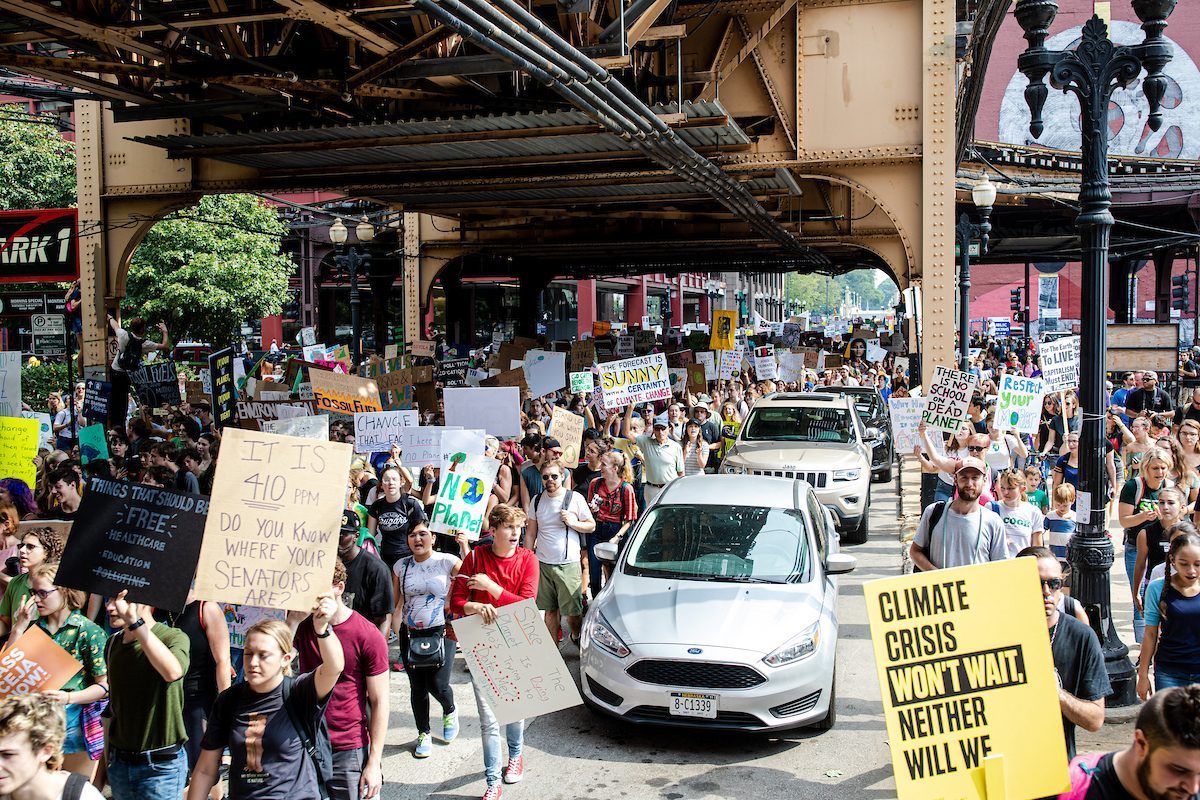
Cutting edge
Gilbert Michaud, assistant professor of environmental policy: Reducing harmful emissions is an urgent and fundamentally critical step toward mitigating climate change. To reduce emissions, governments will need to adopt policies that continue to facilitate a shift to clean energy.
In the United States, transportation and electricity generation account for over half of the country’s total emissions, primarily through fossil fuel use. As demand and consumption in these sectors continue to rise, it is essential that we develop a more sustainable energy system. Without innovative solutions, emissions will only continue to drive the climate crisis.
Deploying clean and renewable energy infrastructure such as solar and wind is a high-priority strategy to meet electricity demand and reduce our reliance on fossil fuels. A shift to renewable energy will also reduce the emissions of other pollutants beyond carbon (such as particulate matter), helping to improve air and water quality. It can also help support local jobs for manufacturers and the installers of renewable energy infrastructure.
From a policy perspective, setting more aggressive emissions reduction goals is helping to decommission coal- and gas-fired power plants and accelerating the transition to clean and renewable energy. In many ways, the policy strategy for this transition can be simple. Governments can remove subsidies for fossil fuels and force this sector to compete on its own with alternative energy forms such as solar and wind, which have become dramatically cheaper and more accessible in recent years.


